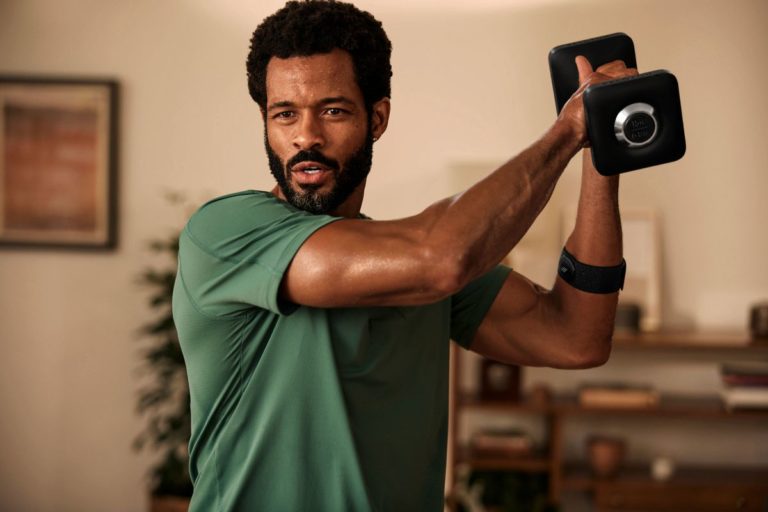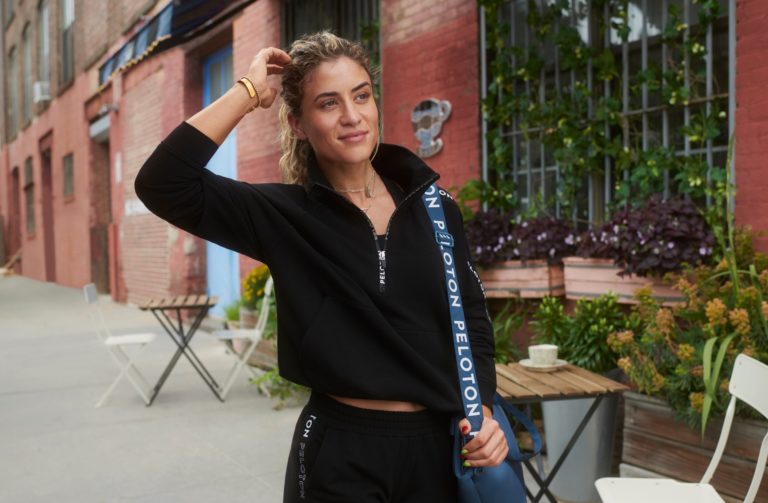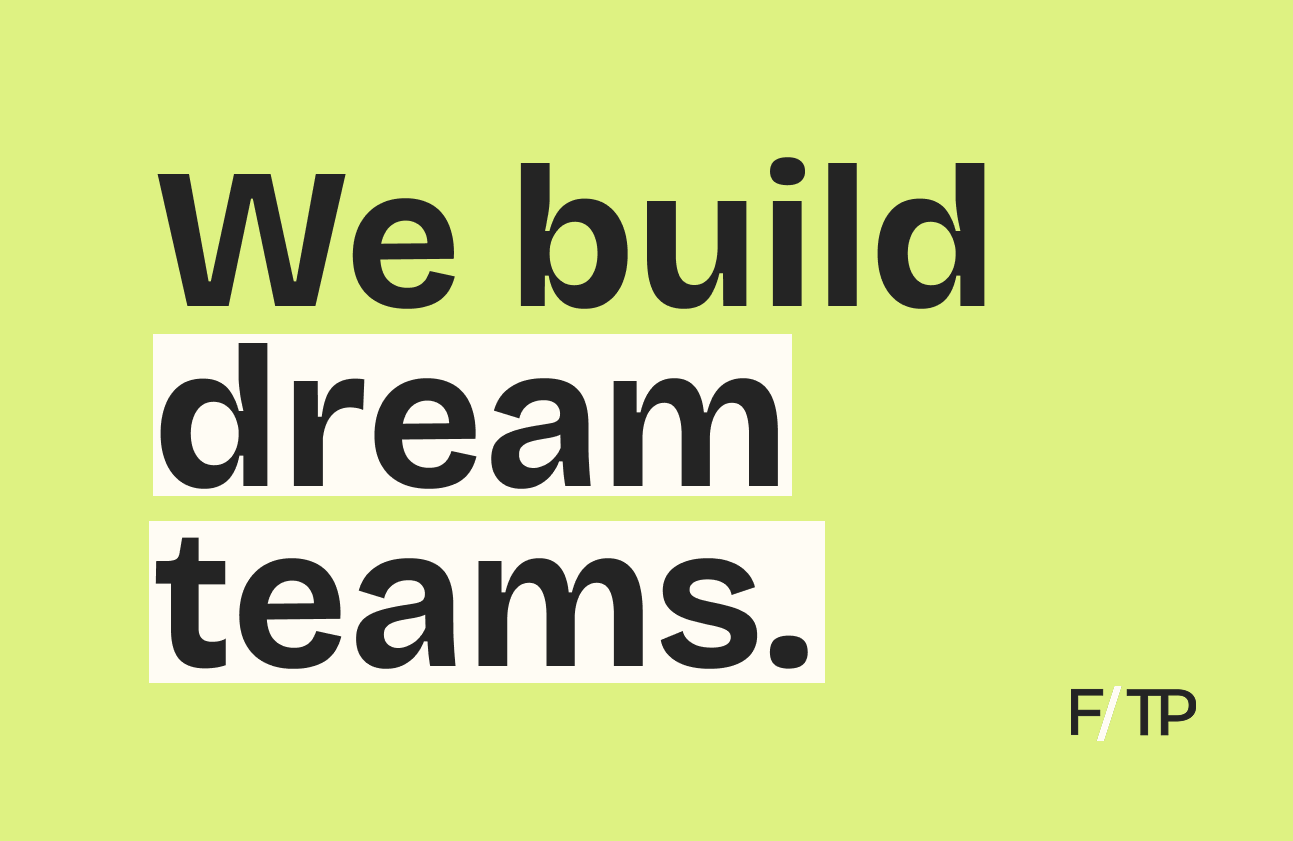As the deadly coronavirus reshapes our world, we’re all being forced to adjust in real-time.
To access the fallout in our industry, we spoke with executives from across fitness and wellness.
Building on their stories, we uncovered examples of how the spread of COVID-19 could accelerate fundamental changes in exercise, nutrition, and digital health.
Fitness IRL
Amid a rush to shut down large-scale events, schools, and even the borders, name-brand fitness facilities resisted calls to close.
Initially, prominent gyms and studios like Equinox, Planet Fitness, SoulCycle, and many of the Orangetheory and F45 locations remained open. Across the board, the corporate response emphasized increased cleaning and sanitizing. And many studios reduced class sizes, booking every other spot or bike.
Then, local and national authorities stepped in to mandate full-scale closures. Although some brands like Barry’s, Rumble, and 305 Fitness elected to voluntarily close all studios.
Local studios also suspended classes. Through Fitt, our consumer discovery platform, we’re tracking closures from New York City to Cleveland, Ohio and San Francisco, California.
Of course, these small businesses are more vulnerable than their high-end or mass-market competitors. It’s possible for some small-scale studios to weather a weeks-long or 30-day closure. But beyond a month, the situation becomes dire — with rent, loans, employee wages, and personal expenses (many operators don’t take a salary) to keep up with, some may close up for good.
Looking ahead: Long before the coronavirus cropped up, brick-and-mortar providers felt the pressures of oversaturation, a looming recession, and the emergence of connected/on-demand fitness. If this pandemic persists, that cycle could accelerate as mom- and- pop studios struggle to regain their footing.
What we’re hearing: Checking in with leaders across the industry, here are early reports of what’s happening on the ground.
- With 60 gym owners and 3,000 certified coaches in its system, OPEX recommended cutting expenses and conserving capital in preparation for a 30-day closure.
- OPEX uses TrueCoach to deliver personalized training plans alongside in-person workouts. Crowell noted in-person sessions can easily shift to remote coaching.
- Members are continuing to train in-person, with the San Francisco location seeing an uptick in sales consults in recent weeks.
Dan Williams, CEO of WIT Fitness
- The sportswear company is fighting a battle on two fronts at its London-based flagship, a gym and retail store in one.
- While retail foot traffic is down 30%, Williams is planning for a 50% decline.
- At the gym, attendance is down 50% but staying open is an unknown. WIT plans to use the gym as a content studio amid a closure.
- Per Williams, the company is re-forecasting aggressive, private equity-backed growth plans and is hopeful its strong e-commerce operation can mitigate the downturn.
On-demand Fitness
A few weeks back, we explored the impact of on-demand fitness. The punchline? On-demand options were growing quickly and retaining users longer than traditional gyms. Now, as social distancing and mandatory closure take effect, at-home and streaming fitness are sure to surge.
Writing via email, FightCamp co-founder Tommy Duquette said the at-home boxing company has seen a 30% increase in usage compared to this time last year. Though we’re still in the early days of the coronavirus fallout, FightCamp’s sales were up 2.1x.
Other connected fitness companies are seeing similar results. At Hydrow, sales have increased 3X in recent weeks and usage is up by more than 40%. Tonal, the at-home strength training system, told Fitt Insider that weekly sales were up 36% and weekend sales grew 82% week-over-week. The weekend of Saturday, March 14 saw the highest usage in the company’s history.
Onyx CEO Asaf Avidan Antonir said organic traffic for the company’s AI-powered fitness app is up 30% in the last week. Meanwhile, the total number of sessions logged by existing users increased by ~50%.
At FORTË, CEO Lauren Foundos told us both sign-ups and usage have increased, noting “the past 72 hours have been our strongest three days since inception.” The company’s technology allows studios to stream live and on-demand classes. According to Foundos, this unfortunate situation will likely prompt gyms and studios to embrace digital products.
In fact, that’s exactly what we’ve seen from studios like 305 Fitness, Gold’s Gym, CorePower Yoga. Both CorePower and Gold’s have made their digital products available to members free. And 305 Fitness CEO Sadie Kurzban has taken her cult following to YouTube, streaming free dance cardio classes from her parent’s home, with her family joining the workouts.
Food & Nutrition
In cities across the country, restaurants are being forced to close their doors or switch to take-out only menus. Similarly, grocery stores are trying to offset panic buying. As consumers are forced to change their habits, food-based businesses follow their lead.
On Instagram, Daily Harvest CEO Rachel Drori said the company doubled its inventory to help customers keep their freezers stocked. And Territory Foods CEO Abby Coleman, who will be a guest on an upcoming episode of the podcast, said the company has seen demand grow in recent weeks.
According to Colemen, when cases of coronavirus first emerged in California, Territory Foods saw 120% growth overnight. The same increase occurred in Washington, DC and New York City when the cities declared a state of emergency. However, the company is being forced to shift from delivery and pick-up in gyms to home delivery.
Meanwhile, O2 Active Recovery is encountering a similar issue as Territory Foods. According to VP of marketing Eric Le, O2 relies on distribution through fitness partners, especially CrossFit gyms. Already, Le said the company is wargaming scenarios where sales decline as much as 50% in some channels. But amid the uncertainty, Le found optimism in a quote: “When I’m not fishing, I’m mending my nets”. O2 will use this opportunity to “mend nets”, Le said.
Wearables
Fitness and sleep tracking wearables like WHOOP, Oura Ring, and Apple Watch are proving useful in the early detection of coronavirus.
The Cleveland Clinic, CQUniversity in Australia, and WHOOP have joined forces, using the startup’s wrist-worn strap to investigate a potential connection between changes in respiratory rate and COVID-19 symptoms.
Using the company’s smart ring, Oura and The University of California, San Francisco have launched a study to observe links between body temperature and the onset of coronavirus.
Similarly, Apple Watch owners can use their device and the Cardiogram app to monitor their body’s response to COVID-19.
Related: With campus and training facilities closed, football players at the University of Alabama are wearing Apple Watches so coaches can assign and monitor their workouts remotely.
Telemedicine
With pandemic-induced urgency, lawmakers, healthcare providers, and patients are adopting new digital tools.
The University of Pittsburgh Medical Center, which operates 40 hospitals, conducted more remote visits in a recent 48-hour period than in all of 2019. And Teladoc Health, the US’s largest virtual care provider, saw virtual visits jump 50% — the company is now reporting over 100,000 appointments weekly.
The emergency response to COVID-19 has also seen key barriers to virtual care lifted.
The federal government removed restrictions on telehealth services for Medicare patients. As part of the $2T CARES Act passed, the FCC plans to spend $200M to support telehealth programs. And in-state licensing for healthcare providers has been waived, which could accelerate the adoption of telemedicine.
The bottom line
As efforts to combat COVID-19 bring about innovation and regulatory easing, consumers will embrace new products and different ways of interacting with companies. While some changes will be temporary, others will stick, creating new challenges and opportunities for battle-ready operators.




